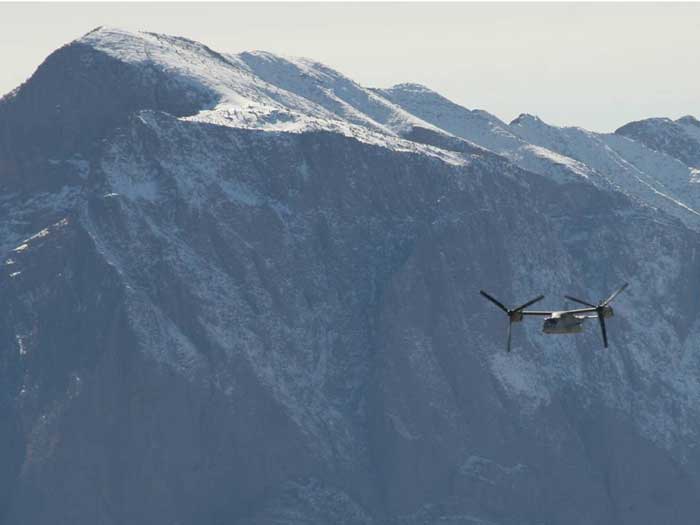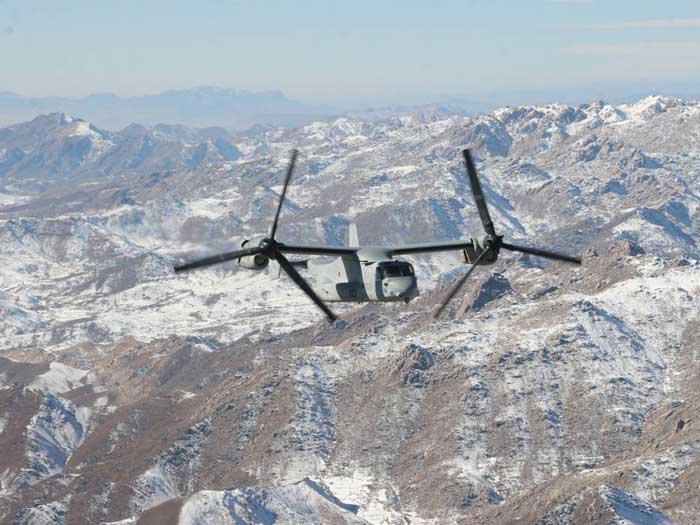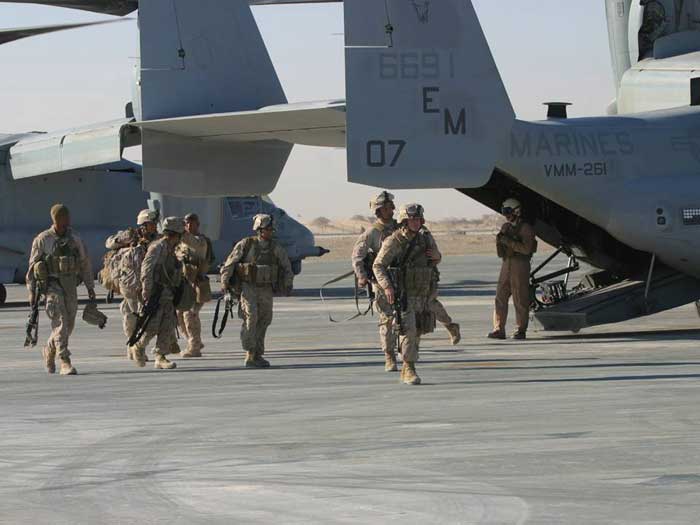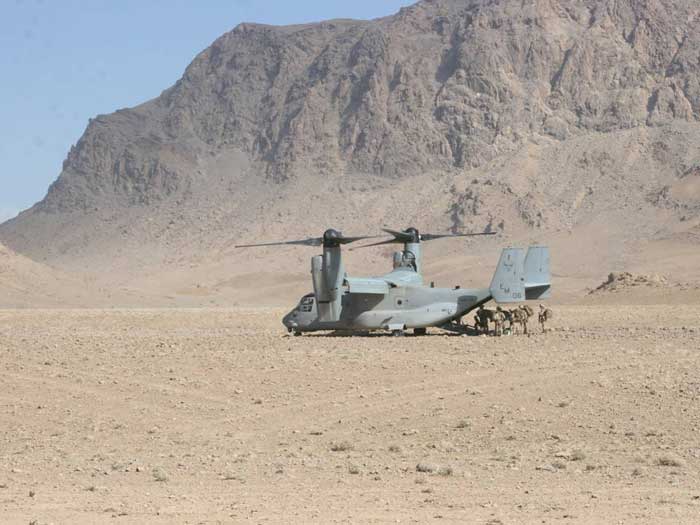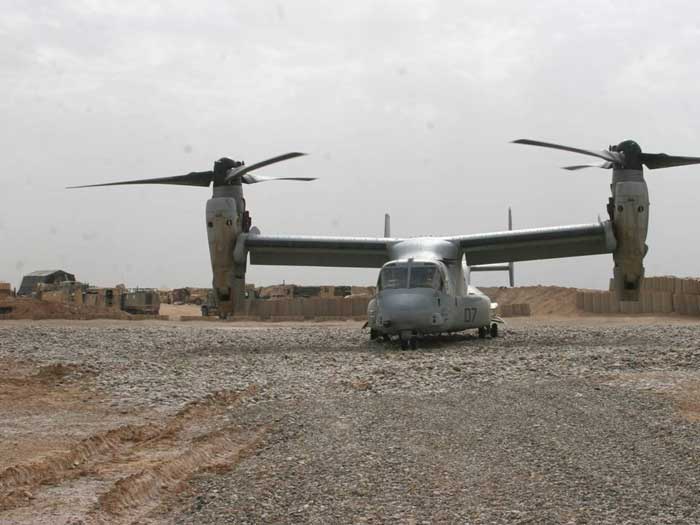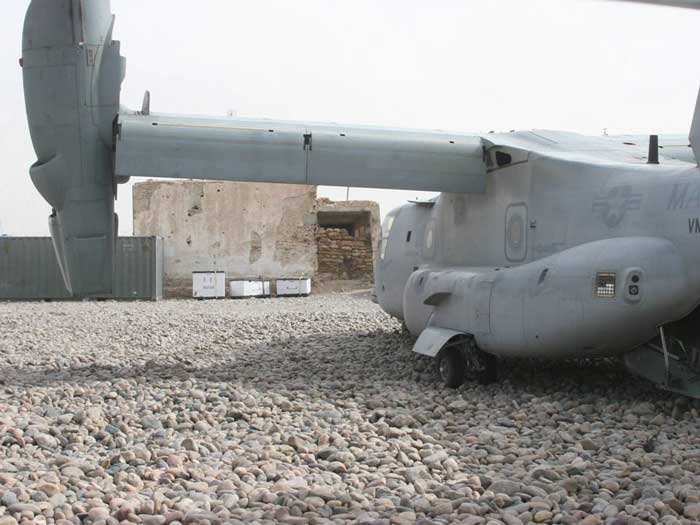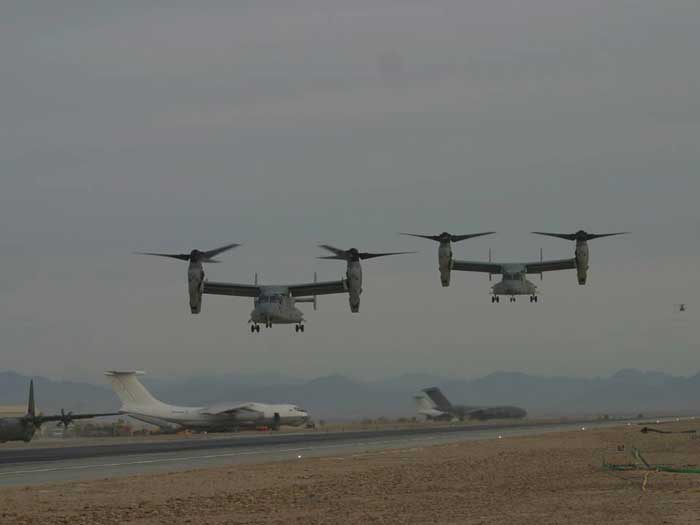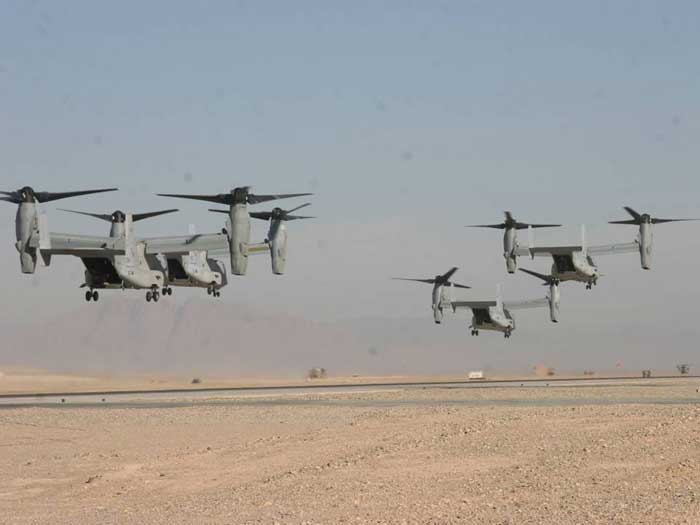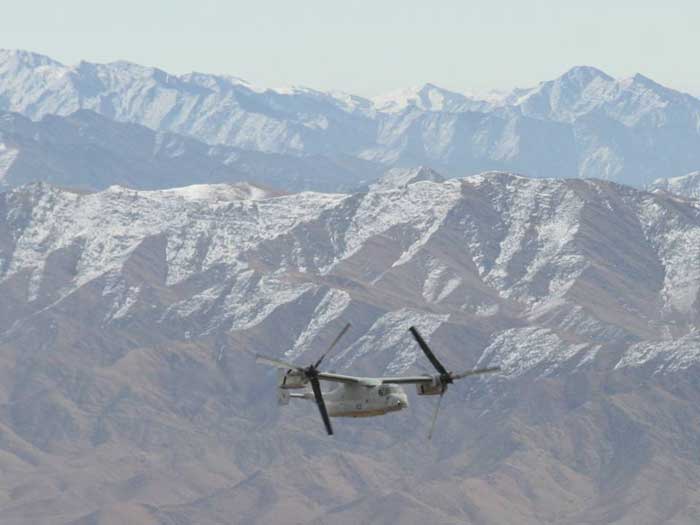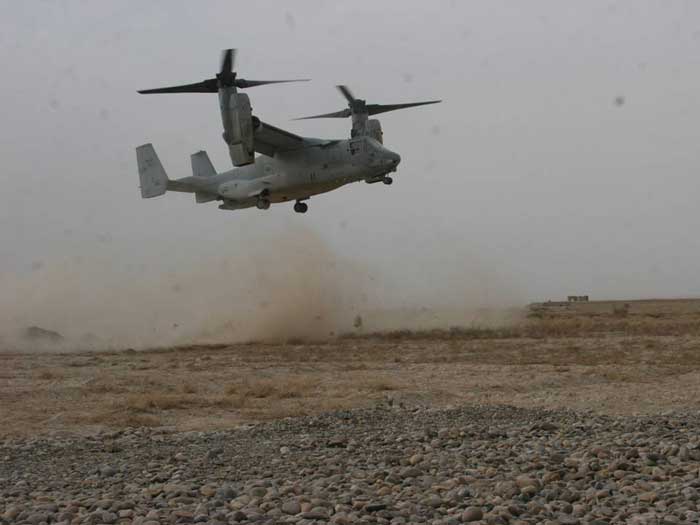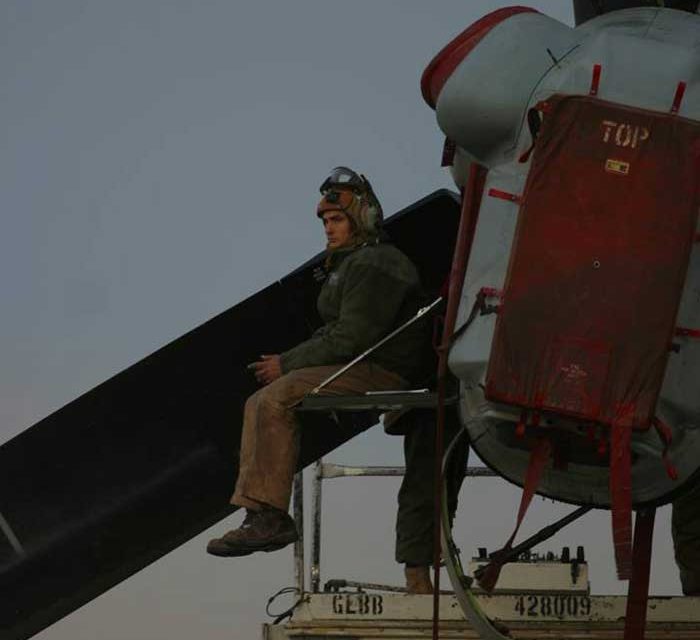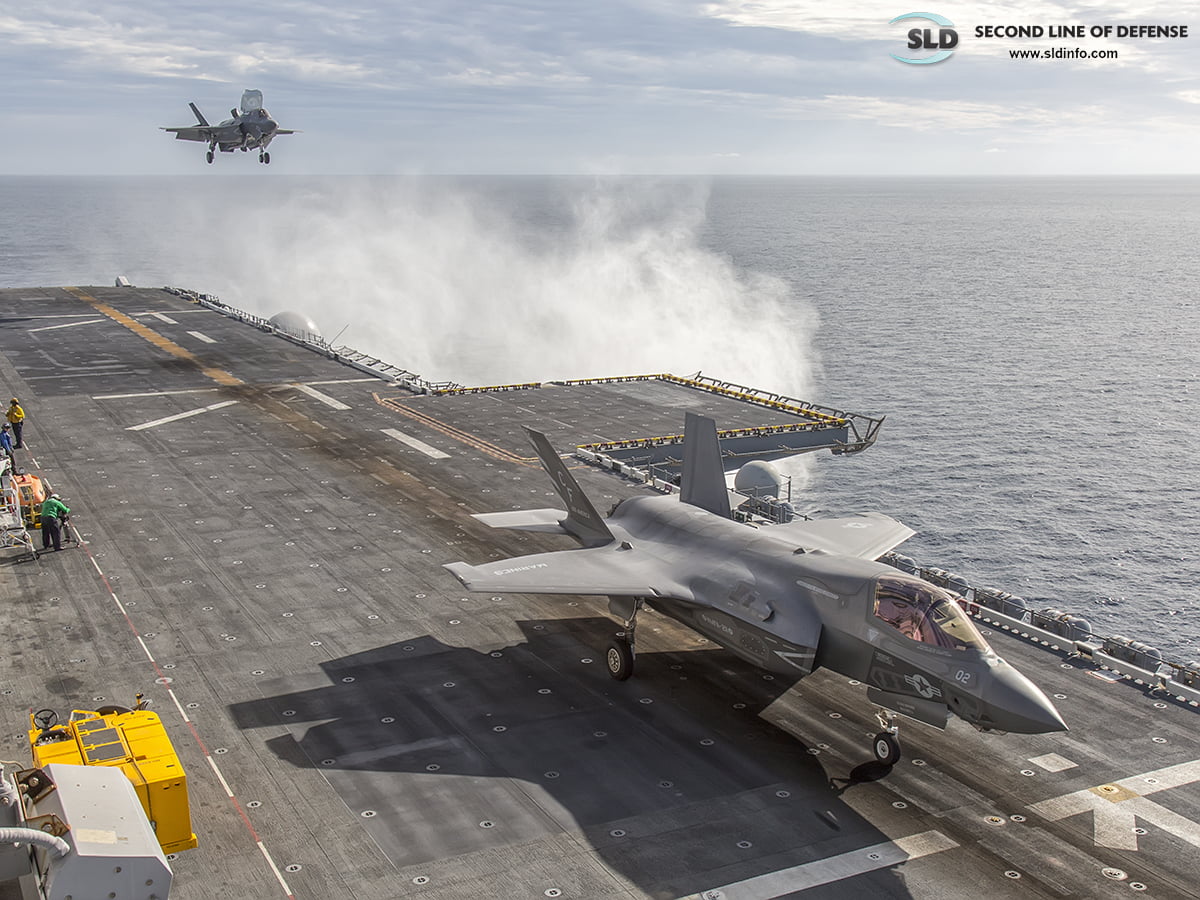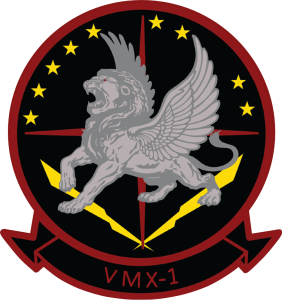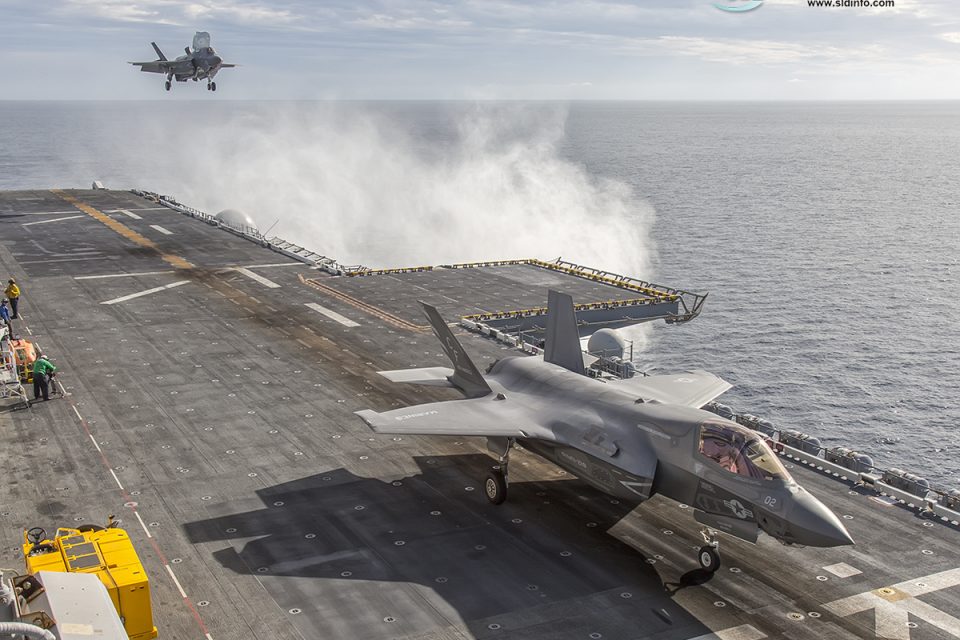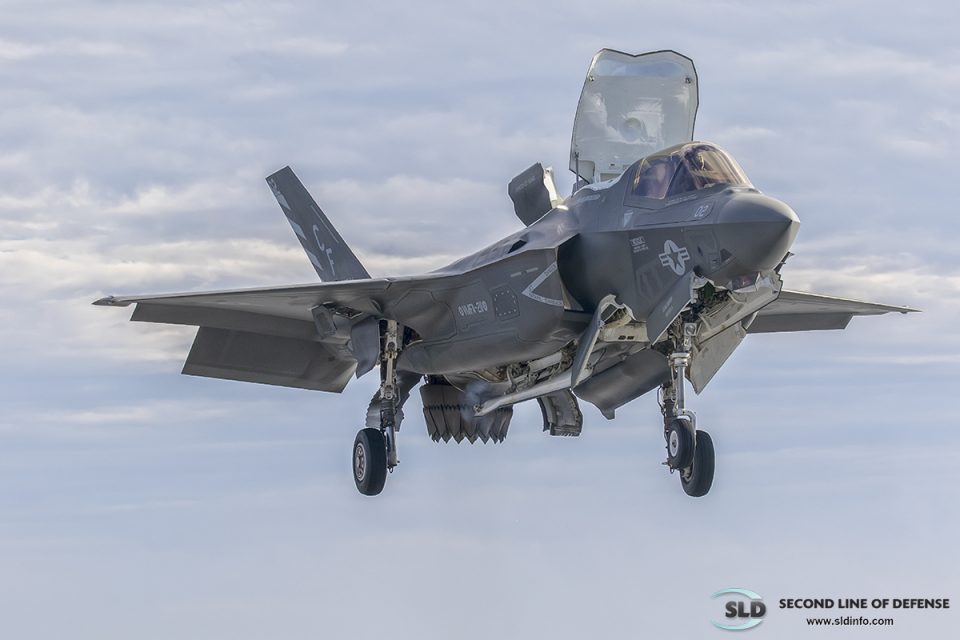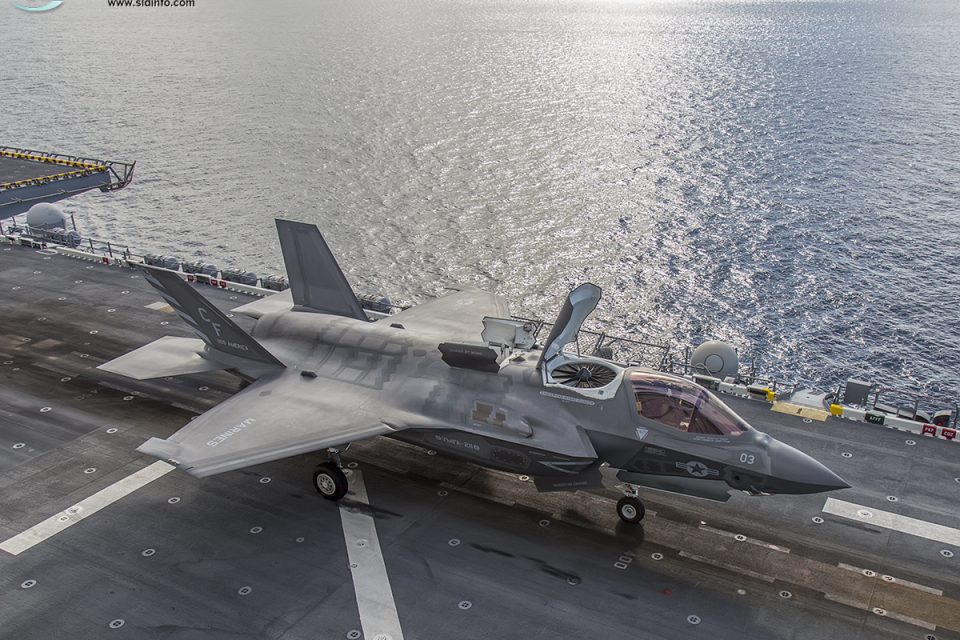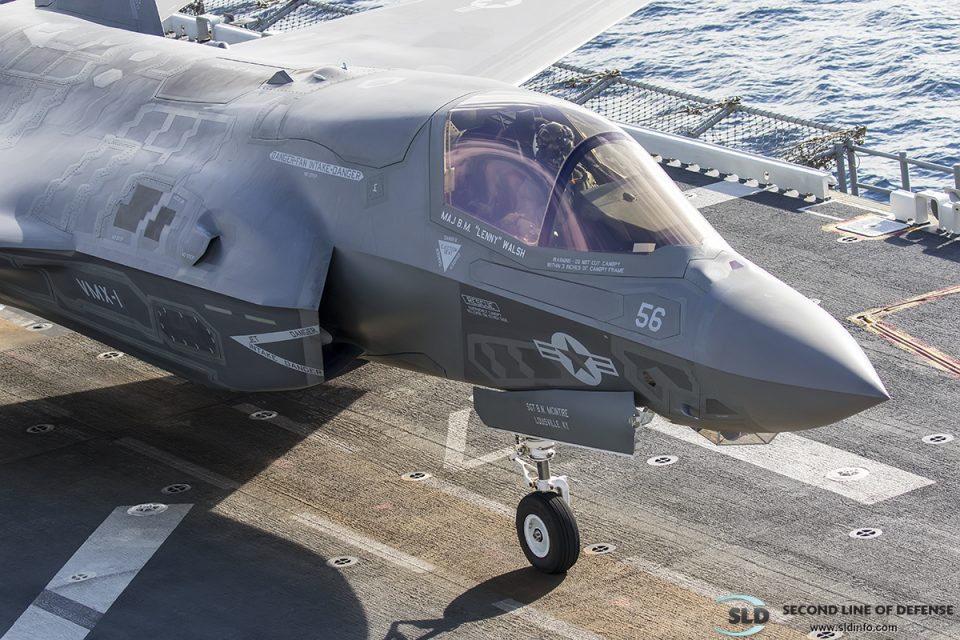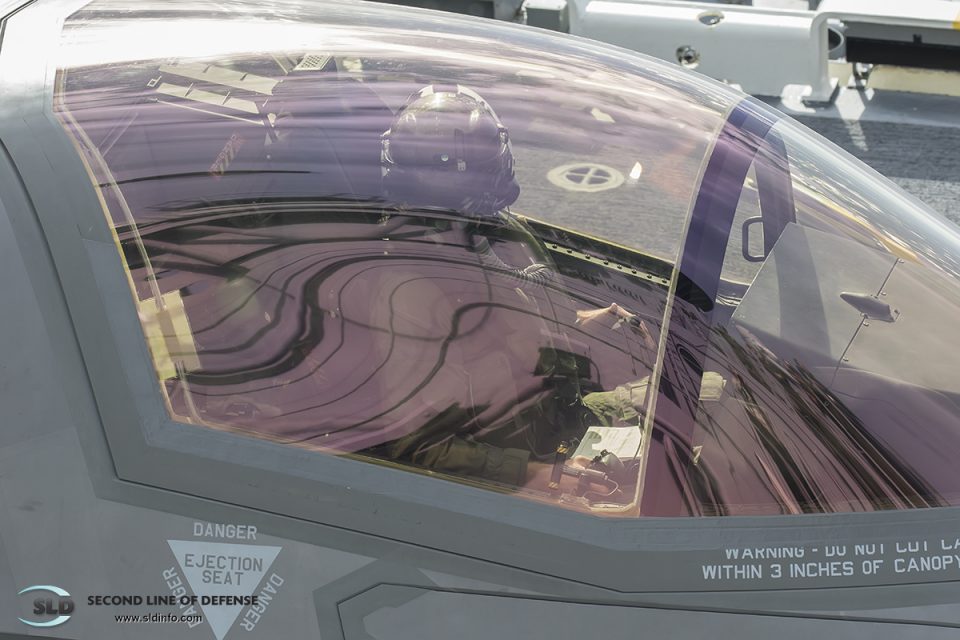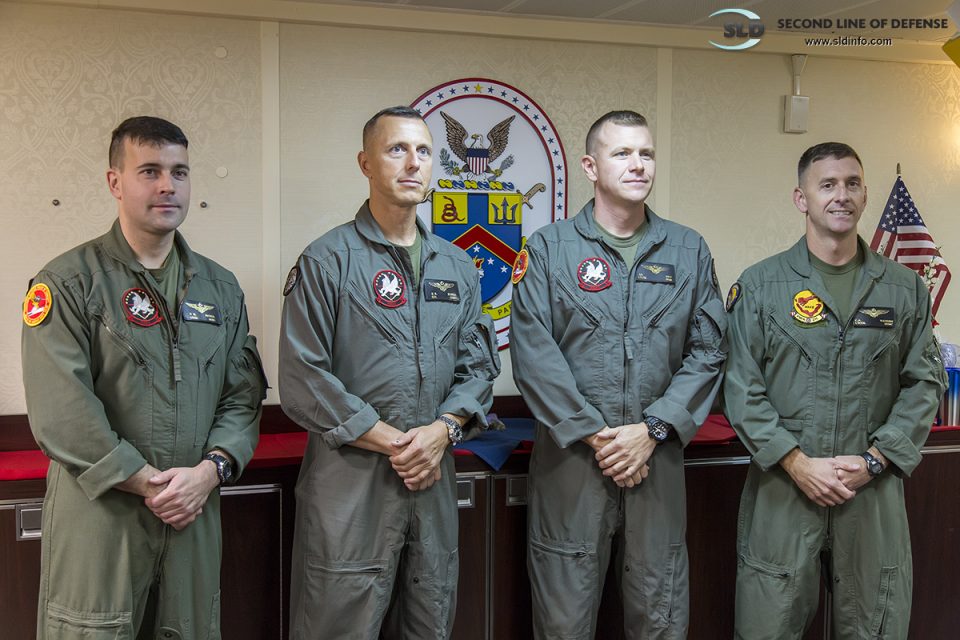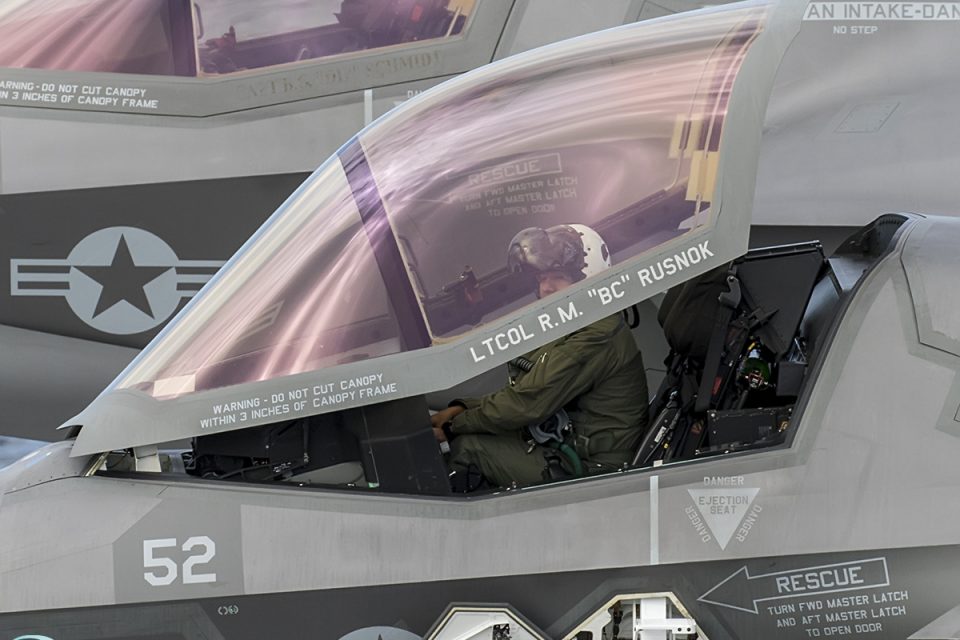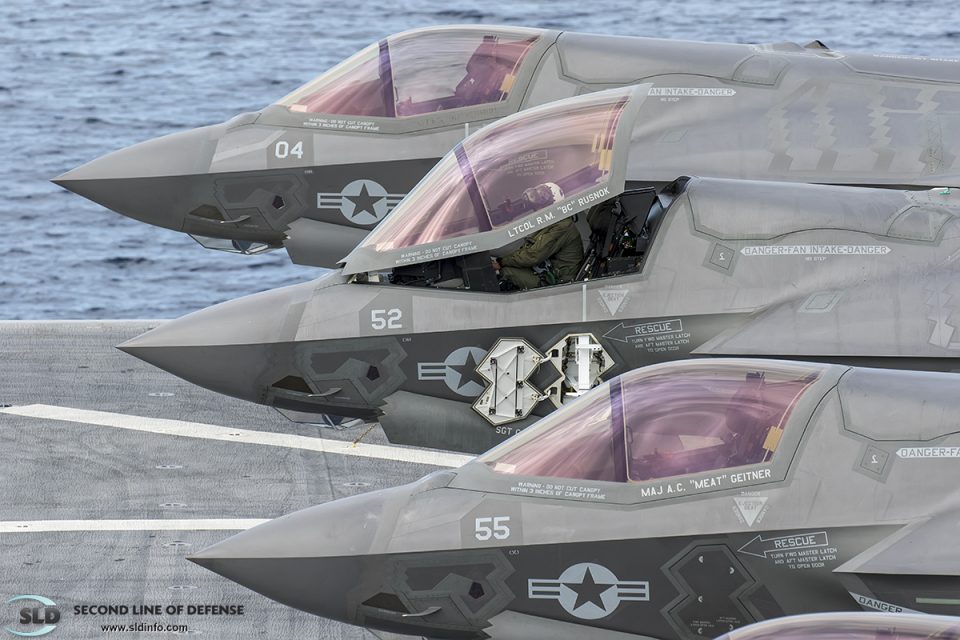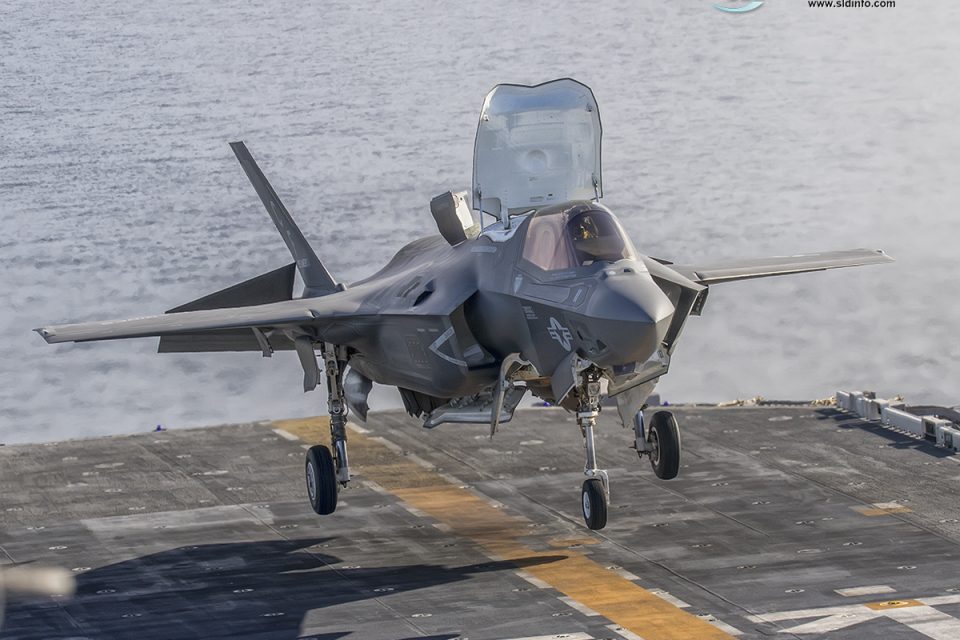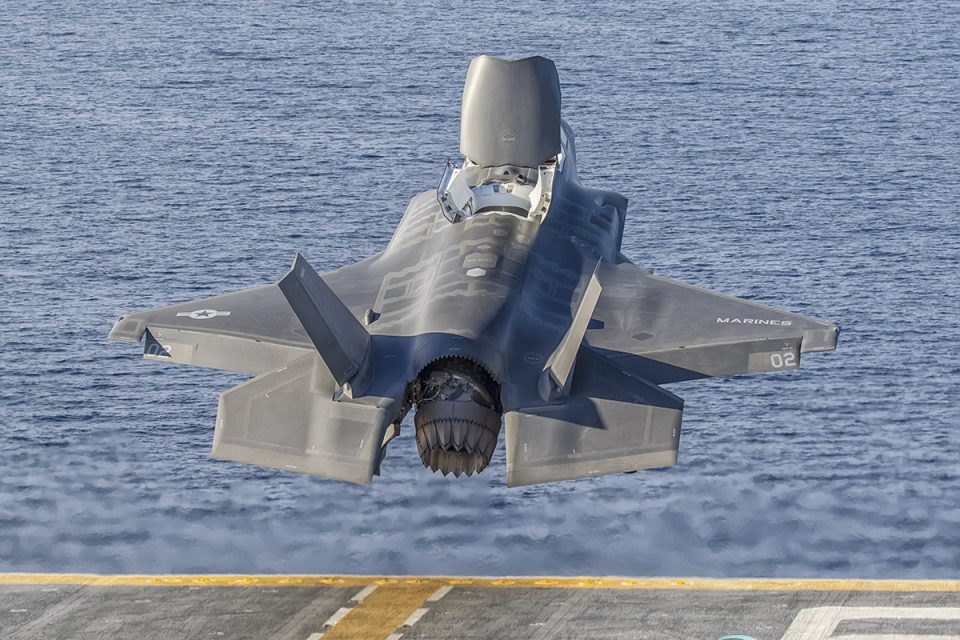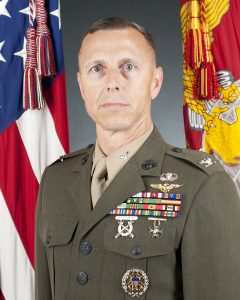2016-12-30 By Ed Timperlake and Robbin Laird
In addition to the interview which we had with the CO of MAWTS-1, Col. Rowell, we had a chance to talk with Lt. Col. Nelson, the XO of MAWTS-1 and Major Duke.
Lt. Col. “Cowboy” Nelson was on the deployment under the command of Lt. Col. Bianco when we conducted an interview with the first squadron of MV-22s which deployed to Afghanistan in early 2010.
In that interview conducted by telephone when the squadron was in Afghanistan, Lt. Col. Bianco highlighted a number of key contributions of the aircraft to the fight.
The most compelling point underscored by the squadron commander is how, in effect, the Osprey has inverted infrastructure and platform.
Normally, the infrastructure shapes what the platform can do. Indeed, a rotorcraft or a fixed wing aircraft can operate under specific circumstances.
With the range and speed of the Osprey aircraft, the plane shapes an overarching infrastructure allowing the ground forces to range over all of Afghanistan, or to be supported where there are no airfields, or where distributed forces need support.
The Osprey photos from Afghanistan in 2010 are credited to the USMC.
The envelopment role of the Osprey is evident in Afghanistan as well, whereby the Osprey can provide the other end of the operational blow for the ground or rotorcrafts in hot pursuit of Taliban.
The Osprey can move seamlessly in front of rotorcraft and land forces, allowing the pursuit of different lines of attack. The envelopment role was not the focus of the interview because of security considerations, but anecdotal evidence suggests such an emerging role.
https://sldinfo.com/the-osprey-in-afghanistan-a-situation-report/
The progress of the Osprey since then in terms of its performance and impact on the evolution of USMC concepts of operations has been significant.
The F-35B coming into the force is having a similar impact but is building upon the prior experience, which the Marines have had with the Osprey.
Given “Cowboys” long experience with the Osprey and its maturation, he brings the experience of Marines shaping a way ahead with revolutionary technologies associated with the Osprey to the new task, namely, the integration of the F-35 into the USMC.
“Part of the mission at MAWTS-1 is to familiarize the students with the new options associated with the F-35 and that requires a mind shift for Marines in working through how to best leverage the aircraft.”
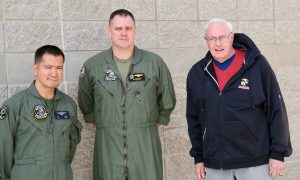
The digital interoperability initiative being conducted by the USMC is a key part of shaping the situational awareness thread for the insertion of the assault force via the Osprey and the F-35.
The F-35 as a key generator of SA to be distributed to the incoming assault force.
“The new generation is so technologically sophisticated that they will thrive in the evolving digital environment of which the F-35 is a key element.”
A key impact of integrating the MV-22 with the F-35 will clearly be with regard to the Tactical Recovery of Aircraft and Personnel or TRAP mission.
The Osprey has already demonstrated a sea change on how TRAP is done.
This has already been demonstrate din combat in the Odyssey Dawn operation.
With the USS Kearsarge off of (ironically enough) the shores of Tripoli, the Air Combat Element or ACE began to deliver unique resupply capabilities to the Kearsarge, which allowed the Harriers to triple their sortie generation rates.
By being able to fly directly to Sigonella rapidly and back the Ospreys kept the Harriers in the air much longer than anticipated.
And the TRAP mission over Libya saw the Marines execute the mission at least 45 minutes faster than the next available platform and did so very rapidly after having received the go order.
We interviewed Marines involved in the Trap mission and its was clear that to these Marines there was growing awareness of what the Osprey could provide to the MAGTF.
As Maj. B.J. Debardelebe, one of the Osprey aviators involved with the TRAP mission highlighted:
We made the judgment that we had to accelerate the mission.
We moved towards our top speed as the pilot was moving to a new location on the ground.
The pilot on the ground indicated that “they’re still going at us, and things are getting worse.”
And he is clearly on the move.
We had the grid of the plane crash site and we got a new grid and realized that it was much further away from where the original crash site was. So he’d been on the move the whole time.
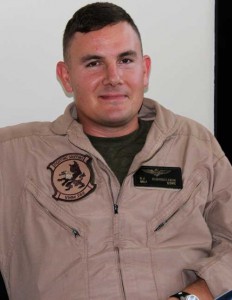
If I had been flying a SEA KNIGHT, by the time I had gotten the new information with regard to the shift in the grid, and flown for the 40 minutes under those conditions, I would have been relatively exhausted by the time I got there because you’re holding the controls, and you’re getting shaken the whole time.
On the Osprey, I am on autopilot.
So I can take a sip of water, I’m assessing everything, and I’m listening to what’s going on very clearly.
The V22s very quiet in airplane mode so we can hear the radios very well, but if I was in a SEA KNIGHT the noise would make it difficult to hear.
The grunts in the back were able to look at a moving map that they can look at to have both SAs when we’re getting closer and closer to coast line
And so in that flight task now they’re relaxed and comfortable instead of them shaking in the back because usually with all the shaking makes you groggy you sleep, so you have to wake them up when you land.
So they’re in the back at least relaxed and calm before we drop them off.
https://sldinfo.com/the-execution-of-the-trap-mission-over-libya/
This capability is a significant strategic capability and one, which is crucial in the fight against ISIS, a terrorist group more than willing to torture and kill pilots.
Now with the F-35 replacing the Harrier and flying with the Osprey, the range of operational conditions into which the TRAP mission can now be flown is expanding significantly.
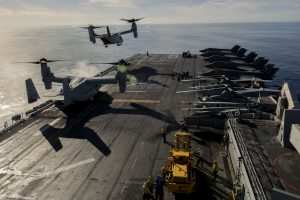
Even into contested areas the F-35 can work with the Osprey to save lives and to extract pilots from harm’s way.
This micro capability is reflective of what the USMC-USN team can do from the sea with an F-35 enabled force and be able to deliver the ground combat element via the Osprey backed by the F-35 as a significantly expanded close air support aircraft.
The dynamics of integration with the F-35 with the Osprey and changing concepts of operations provides political leaders with new strategic options for inserting and withdrawing force against a threat.
We also discussed a key shift as the number of F-35s goes up, the role of the user groups will be enhanced in shaping the future evolution of the aircraft.
Major Duke noted that already at WTI courses NAVAIR engineers are coming to the courses and observing how the aircraft is being used by Marines in those courses.
“They sent two engineers last Spring.
This has happened in the past, so it is back to the future in effect as we shape the way ahead for the F-35.”
In short, the role of MAWTS-1 and its students will become key demand side driver for how the software defined and upgradeable aircraft which is the F-35 evolves.


